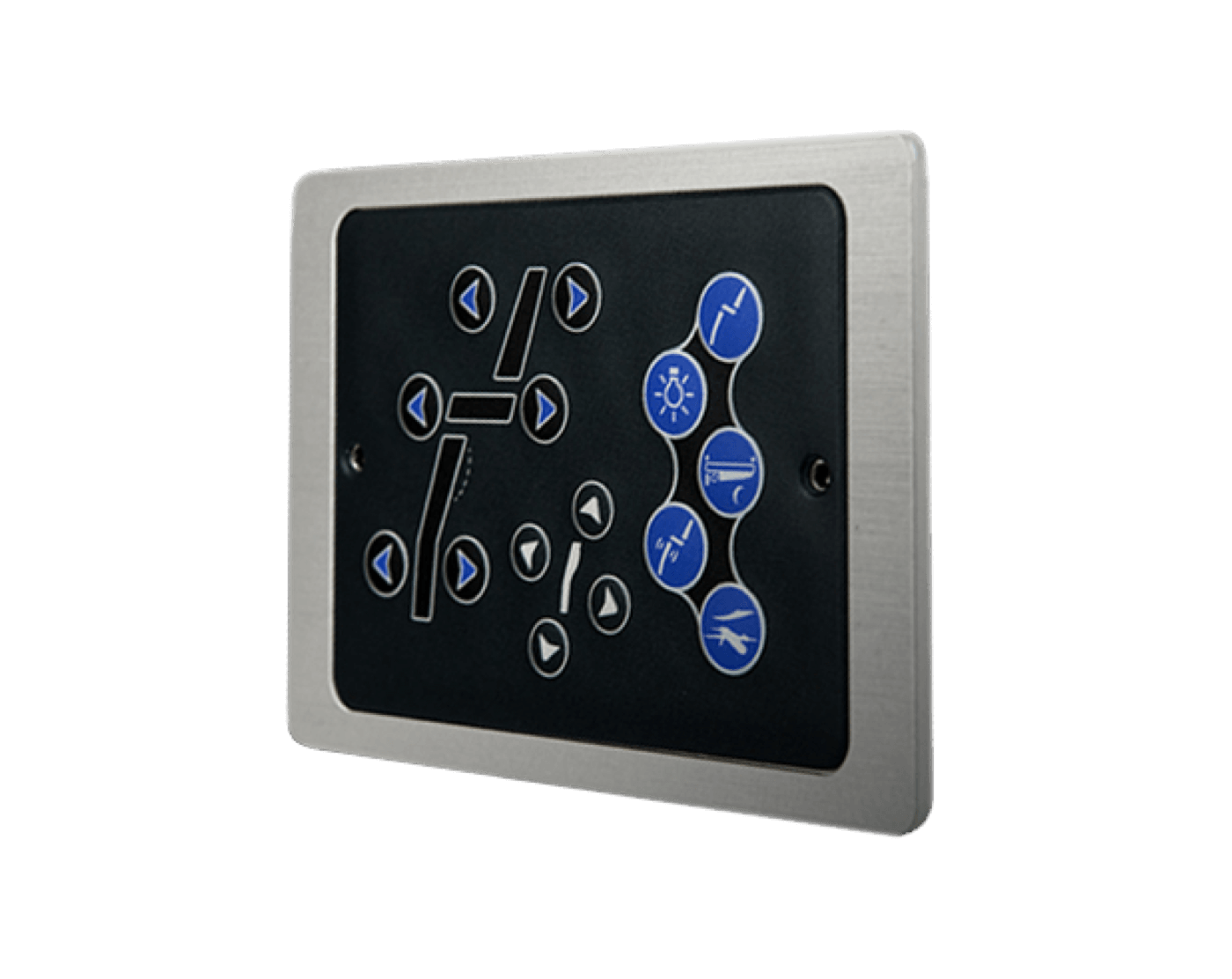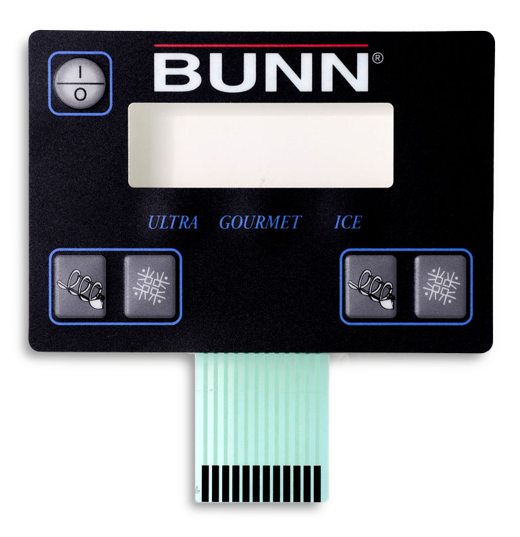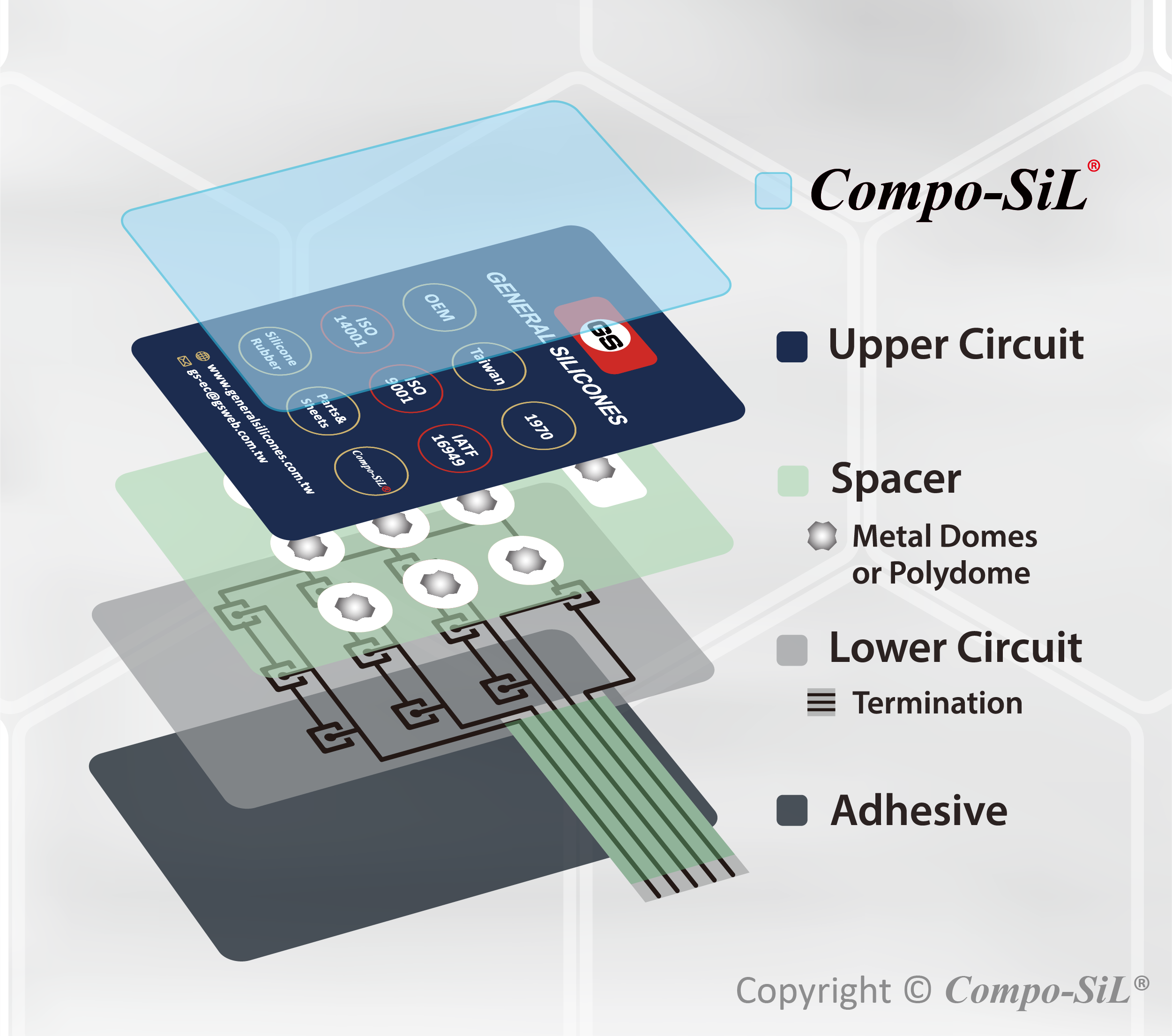Understanding the Significance of Membrane Switches in Interface
Membrane buttons are indispensable parts in the style of effective user interfaces, facilitating not only functionality yet also improving visual charm and user interaction. As we check out the different advantages and future patterns connected with Membrane technology, it comes to be clear that these switches are much more than just parts; they represent a merging of innovation and usefulness.
What Are Membrane Buttons?

The spacer layer, which consists of sticky residential properties, enables for the separation of the circuit layer from the overlay, making sure that the switch remains in a non-activated state till pressed. When stress is put on the overlay, it compresses the spacer layer, connecting the void and completing the circuit in the underlying layer. This style not just reduces the physical area needed for conventional mechanical switches however likewise boosts the toughness of the gadget, as Membrane buttons are normally resistant to dirt, moisture, and other environmental elements.
Typically located in applications ranging from consumer electronic devices to medical gadgets, Membrane switches are essential to contemporary technology, supplying a user-friendly and efficient user interface that lines up with modern layout needs.
Benefits of Membrane Switches
While various switch modern technologies exist, Membrane Switches offer distinct advantages that make them especially preferable in numerous applications. One of the main benefits of Membrane buttons is their small style, which enables space-saving executions in tools where real estate is limited. Their slim profile not only improves aesthetic allure yet also promotes light-weight building and construction.
Another significant benefit is their resistance to ecological factors. Membrane buttons are normally secured versus moisture, dirt, and pollutants, making them ideal for usage in requiring environments, such as medical tools and industrial tools. This resilience prolongs the life-span of the button, lowering upkeep expenses and boosting integrity.
Furthermore, Membrane switches can be customized to satisfy specific design needs, integrating special graphics and shades that improve user communication. Their responsive comments options can additionally be tailored to supply an enjoyable user experience. In addition, Membrane buttons are affordable, particularly in high-volume applications, as they can be produced effectively.
Applications in Various Industries

In the customer electronic devices field, Membrane buttons are widespread in gadgets such as microwaves, cleaning makers, and remotes. Their tactile feedback and visual choices improve user experience while offering a sleek, contemporary look. Furthermore, automotive manufacturers use Membrane buttons in dashboard controls and infotainment systems, where area is limited, and customer interaction is critical.
Moreover, the industrial industry leverages Membrane switches in control panels for equipment and tools, permitting intuitive procedure in commonly extreme atmospheres. Their resistance to chemicals and moisture makes sure long life and dependability in these applications. On the whole, the flexibility of Membrane Switches contributes significantly to their extensive use, making them important in numerous technical domain names.
Design Factors To Consider for Membrane Buttons

When making Membrane buttons, a number of vital considerations have to be thought about to guarantee ideal capability and individual experience. The option of products is important; picking sturdy, top quality substrates can boost the switch's long life and resistance to environmental aspects such as dampness and temperature changes.
Second of all, the style of the graphic overlay must focus on quality and ease of usage. Icons and message have to be legible, and the design needs to assist in intuitive communication (membrane switches). Furthermore, tactile responses is vital; incorporating a tactile dome or various other mechanisms can enhance the individual experience by supplying physical verification of activation
One more crucial aspect is the switch's electrical efficiency. Developers should ensure that blog the conductive traces are effectively made to reduce resistance and prevent signal disturbance. This entails evaluating the required actuation force and guaranteeing compatibility with the electronic parts they will interface with.

Future Trends in Membrane Modern Technology
As modern technology remains to advancement, Membrane buttons are poised to develop dramatically, driven by developments in materials and making strategies. One emerging trend is the incorporation of sophisticated products, such as conductive inks and adaptable substrates, which boost toughness and decrease the total weight of Membrane buttons. These Read Full Article materials not just improve the responsive feedback yet additionally permit the layout of buttons that can stand up to harsher ecological problems.
In addition, the assimilation of touch-sensitive modern technologies is transforming traditional Membrane Switches into even more interactive user interfaces. Capacitive touch sensors installed within Membrane button panels can offer an extra responsive and intuitive individual experience, lining up with the growing need for sleek, modern-day styles in customer electronic devices.
Furthermore, developments in printing methods, such as electronic and 3D printing, make it possible for quick prototyping and customization of Membrane buttons. This adaptability permits suppliers to respond faster to market demands and customer preferences.
Last but not least, sustainability is coming to be a considerable emphasis, with manufacturers checking out eco-friendly materials and procedures. As these trends unfold, the future of Membrane technology assures enhanced functionality, visual allure, and environmental responsibility, strengthening their function in innovative interface throughout various sectors.
Verdict
In conclusion, Membrane Switches represent a crucial element in the style of interface, integrating performance with aesthetic adaptability. Their benefits, consisting of toughness and resistance to environmental aspects, make them ideal for diverse applications across different markets. In addition, thoughtful design factors to consider useful source improve user interaction and experience. As innovations in innovation continue, the development of Membrane buttons is expected to further refine individual interfaces, driving innovation and boosting use in a significantly complex technological landscape.
Membrane buttons are essential elements in the layout of reliable individual interfaces, promoting not just performance however also improving aesthetic charm and individual interaction.Membrane Switches offer as an essential component in different individual interfaces, assisting in a smooth communication between customers and digital gadgets.While many switch technologies exist, Membrane Switches deal unique advantages that make them specifically preferable in various applications.In addition, Membrane buttons can be tailored to meet certain style demands, including unique graphics and shades that improve customer communication.In final thought, Membrane Switches represent a crucial element in the design of customer interfaces, incorporating performance with visual flexibility.
Comments on “How Membrane Switches Are Revolutionizing User Interface Design”